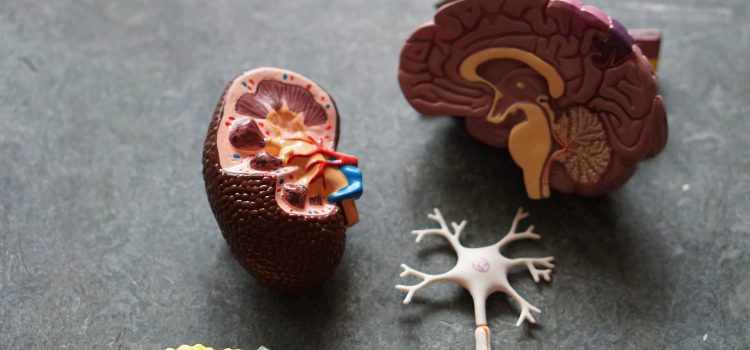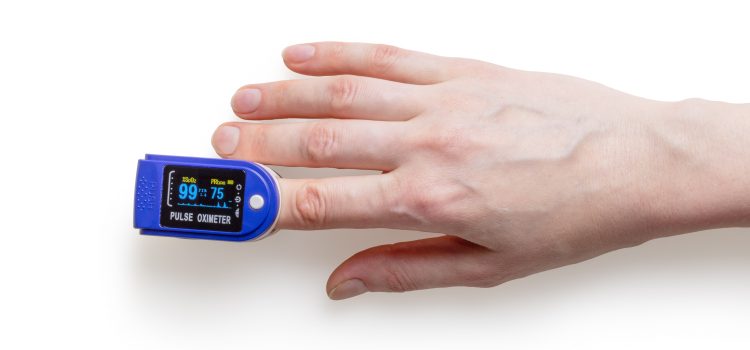
Glaucoma is a serious eye condition that can cause blindness if left untreated. While there is no cure for glaucoma, there are steps you can take to reduce your risk and maintain good eye health. In this article, we will discuss preventative measures that can help you reduce your glaucoma risk.
- Regular Eye Exams: The first step in preventing glaucoma is to schedule regular eye exams. Your eye doctor can check for signs of glaucoma, even if you don’t have any symptoms. Early detection is key to preventing vision loss from glaucoma.
- Manage Your Health: Certain health conditions can increase your risk of developing glaucoma. Diabetes, high blood pressure, and heart disease are all conditions that can affect your eye health. Managing these conditions can help reduce your risk of developing glaucoma.
- Exercise Regularly: Regular exercise can help reduce your risk of glaucoma. Studies have shown that exercise can lower intraocular pressure, which is a major risk factor for glaucoma. Talk to your doctor about what kind of exercise is right for you.
- Protect Your Eyes: Protecting your eyes from injury can also help reduce your risk of glaucoma. Wear protective eyewear when participating in sports or doing activities that could cause eye injuries. Also, wear sunglasses to protect your eyes from UV rays.
- Eat a Healthy Diet: Eating a healthy diet can also help reduce your risk of glaucoma. Foods that are rich in antioxidants, such as green leafy vegetables, can help protect your eyes from damage. Also, avoid foods that are high in saturated fats, which can increase your risk of glaucoma.
- Avoid Smoking: Smoking can increase your risk of glaucoma. If you smoke, quitting can help reduce your risk of developing glaucoma.
- Take Your Medications: If you have been diagnosed with glaucoma, taking your medications as prescribed can help prevent further vision loss. It is important to follow your doctor’s instructions and take your medications as directed.
In conclusion, there are several preventative measures you can take to reduce your risk of glaucoma and maintain good eye health. Scheduling regular eye exams, managing your health, exercising regularly, protecting your eyes, eating a healthy diet, avoiding smoking, and taking your medications as prescribed can all help reduce your risk of developing glaucoma. By taking these steps, you can help preserve your vision and maintain good eye health for years to come.

















